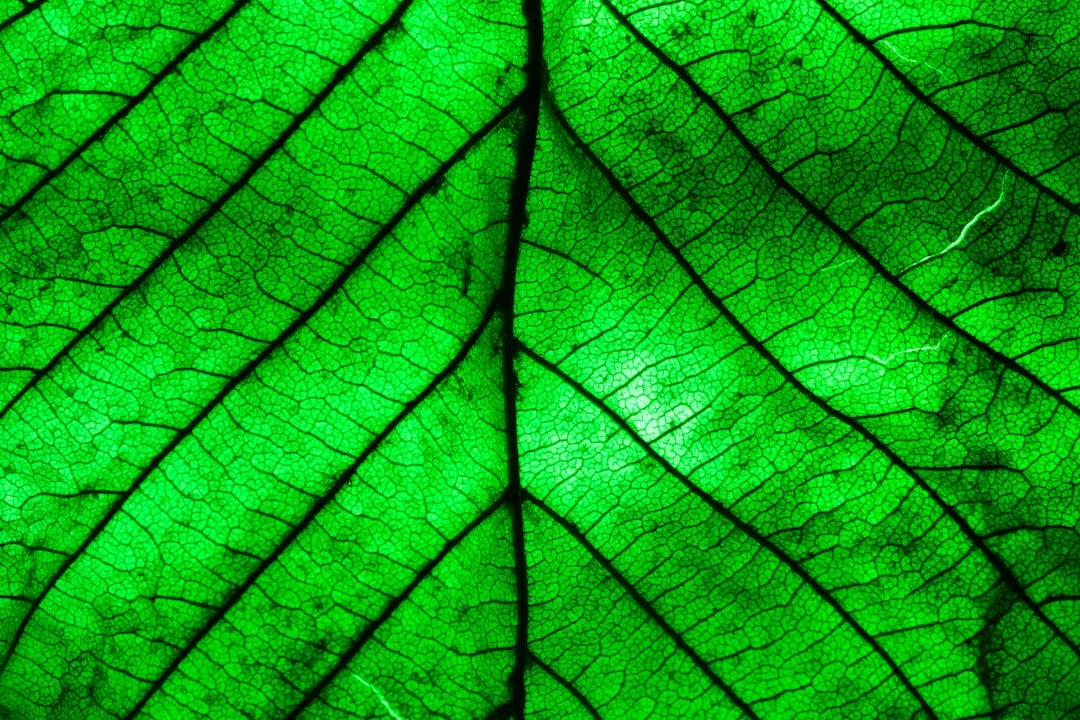The Art and Science of Green - on - Green Garden Landscaping

The allure of a green - on - green garden is undeniable. It offers a serene and calming atmosphere, a slice of nature's tranquility right in your backyard. However, creating a successful green - on - green garden is not as simple as just planting a bunch of green plants. It requires a careful balance of design principles and horticultural knowledge. In this article, we will delve into the dos and don'ts of landscaping a green - on - green garden, as recommended by experts.
### The Appeal of Green - on - Green Gardens
Green is the color of nature, symbolizing growth, harmony, and freshness. A green - on - green garden can create a sense of unity and continuity, making it a perfect place to relax and unwind. The different shades of green, from the lightest lime to the darkest forest green, can add depth and dimension to the landscape. When combined with the right textures, such as the smooth leaves of hostas and the feathery fronds of ferns, the garden becomes a living work of art.
### Dos of Green - on - Green Garden Design
1. Choose a Variety of Plants
Don't limit yourself to just one type of green plant. Select a diverse range of plants with different leaf shapes, sizes, and textures. For example, you can combine the broad, flat leaves of rhododendrons with the narrow, spiky leaves of yuccas. This variety will add visual interest and prevent the garden from looking monotonous. Some great plant choices for a green - on - green garden include boxwoods, which are known for their dense, evergreen foliage, and Japanese maples, with their delicate, lacy leaves.
2. Create Layers
Just like in a painting, creating layers in your garden can add depth and perspective. Start with tall plants at the back, such as trees or large shrubs, and gradually work your way forward with medium - sized plants and then groundcovers. This layering effect will make the garden appear more spacious and inviting. For instance, you could plant a row of tall cypress trees at the back, followed by a layer of azaleas in the middle, and finish with a carpet of thyme at the front.
3. Incorporate Water Features
Water is a key element in any garden design, and it can be especially effective in a green - on - green garden. A small pond, a bubbling fountain, or a trickling stream can add a sense of movement and tranquility. The sound of water can also help to mask unwanted noise from the surrounding environment. You can surround the water feature with moisture - loving plants like irises and water lilies to enhance the overall aesthetic.
4. Use Hardscaping
Hardscaping elements, such as paths, patios, and retaining walls, can provide structure and definition to the garden. They can also create a contrast with the softness of the plants. Choose materials that complement the greenery, such as natural stone or wood. A stone path winding through the garden can lead visitors on a journey of discovery, while a wooden deck can provide a comfortable place to sit and enjoy the view.
### Don'ts of Green - on - Green Garden Design
1. Overcrowding
One of the biggest mistakes in garden design is overcrowding the plants. Each plant needs enough space to grow and thrive. If you plant too many plants too close together, they will compete for resources such as sunlight, water, and nutrients. This can lead to stunted growth and a less healthy garden. Make sure to follow the recommended spacing guidelines for each plant species.
2. Ignoring Maintenance
A green - on - green garden still requires regular maintenance. Pruning, weeding, and watering are essential tasks to keep the garden looking its best. Ignoring these tasks can result in an overgrown and unkempt garden. Set aside some time each week to tend to your garden, and don't be afraid to ask for help if needed.
3. Using Too Many Different Shades of Green
While variety is important, using too many different shades of green can make the garden look chaotic. Stick to a color palette of two to three main shades of green, and use other colors sparingly as accents. This will create a more cohesive and harmonious look.
4. Neglecting the Seasonal Changes
Plants go through different stages of growth throughout the year, and it's important to plan for these seasonal changes. Choose a mix of evergreen and deciduous plants to ensure that your garden has interest all year round. For example, plant some spring - blooming bulbs like daffodils and tulips, and then follow them with summer - flowering perennials like daylilies and coneflowers. In the fall, the changing colors of the leaves on deciduous trees can add a beautiful touch to the garden.
In conclusion, a well - designed green - on - green garden can be a haven of peace and beauty. By following these dos and don'ts, you can create a landscape that not only looks great but also provides a relaxing and enjoyable outdoor space for years to come.